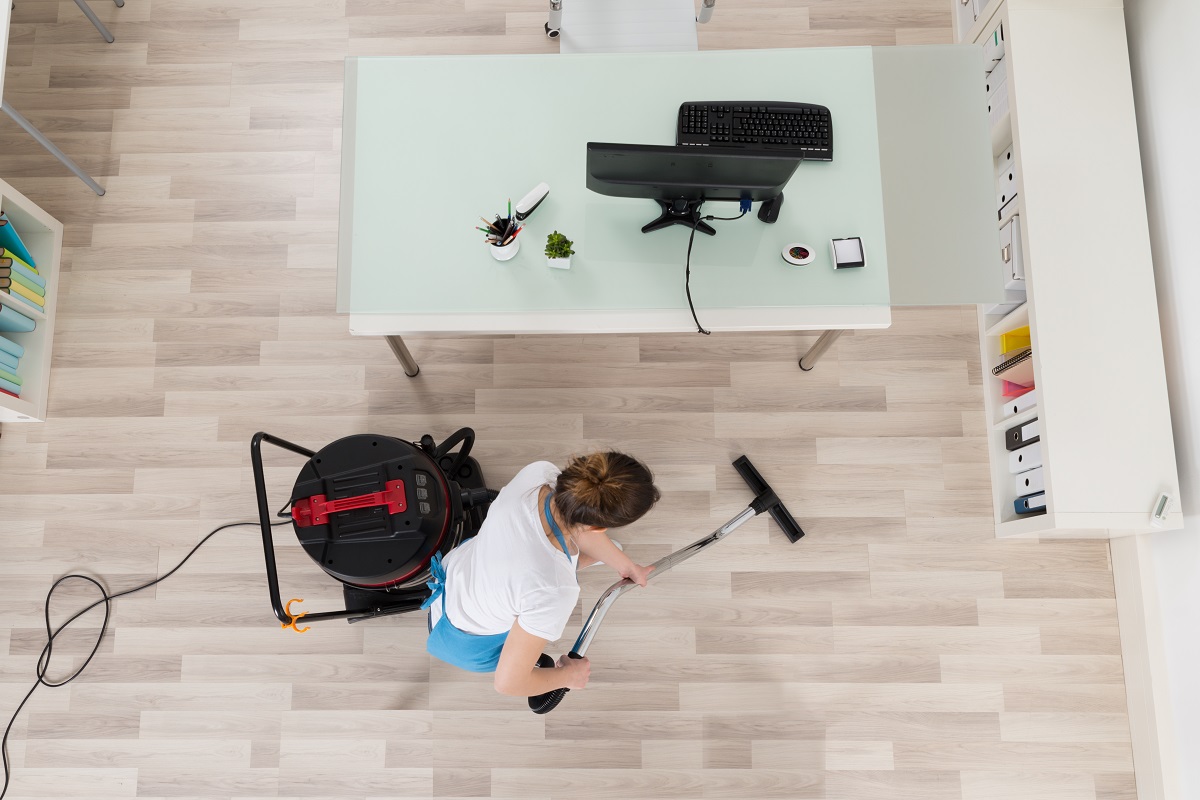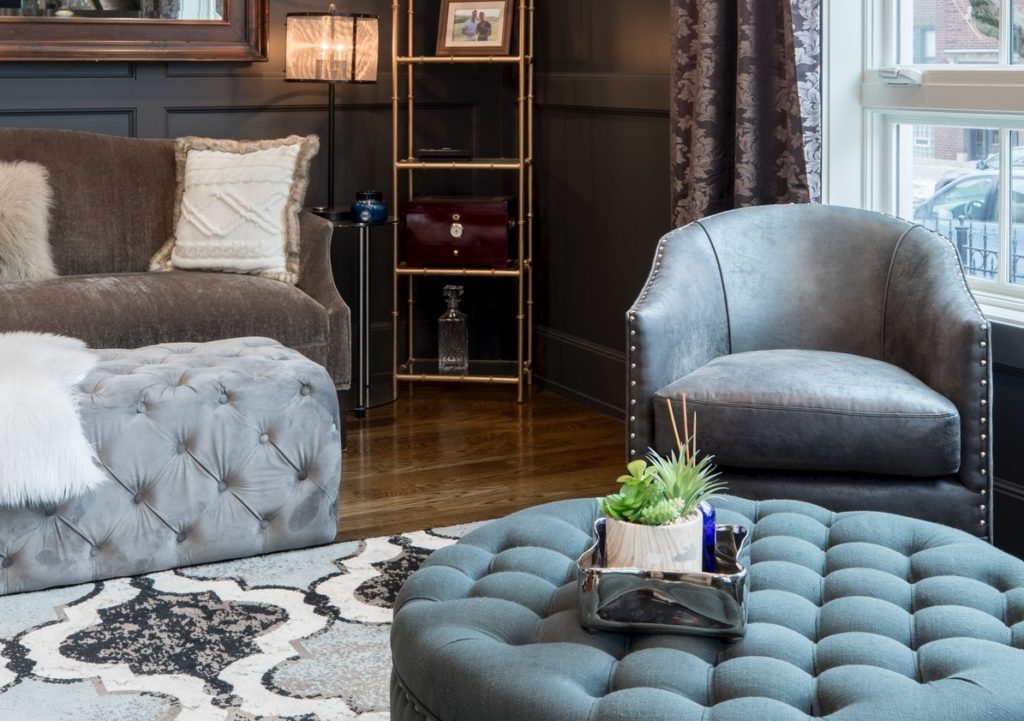Never underestimate dust, dirt, and pollutants that enter your home. They can increase the risk of allergic reactions or diseases like asthma. At their worst, they can harbor bacteria that may cause conditions like botulism and tetanus when they pass through the skin.
Fortunately, you have plenty of ways to minimize or even prevent them from getting inside your home. A lot of the solutions don’t have to break the bank. You just have to choose them wisely:
1. Use Rubber Mats at Entrances
While mats made Palmyra or coir are sustainable, they’re not the best to use for entrances. They can absorb moisture, which can cause premature deterioration. Dust and dirt brought by shoes, tips of umbrellas, and paws and fur of pets can also accumulate in the crevices of the mat.
Cloth mats are cheap—and you can even DIY them—but they may need regular maintenance. They are also prone to easy tearing, which offsets the affordable cost.
If you’re looking for the best for entrances, buy a rubber doormat. It is tough, lasting for a couple of years, and is easy to clean and brush. It is also non-slippery, which makes it safe for households with older people and children. Most of all, its surface doesn’t allow the buildup of dust and dirt.
2. Groom Your Pets Regularly
Taking your dogs and cats to the grooming salon (or doing these by yourself if you have the time and skill) is necessary not only to make them look pretty but to control the number of pollutants inside the house.

First, dogs and cats can shed, and their fur can be the source of pet dander. These are microscopic specks of skin that contain traces of their saliva. When some humans accidentally inhale them, they can cause allergic reactions to the proteins present in the dander.
Second, for cats and dogs that can roam or stroll outside, their fur can collect dust, dirt, fleas, and even some remnants of wild plants along the way. They can then deposit these everywhere in the house from the couch to the master’s bed—every area that they have access to.
Vets can tell you the best time to bring your dog for grooming. As for cats, these are neat freaks. However, they may still need help with some brushing.
3. Use the Right Vacuum Cleaner
If you’ve ever shopped for a vacuum cleaner, then by now you know that the market is flooded with all sorts of brands and models. Some feature technologies that you rarely or have never heard of.

But when it comes to these cleaners, they are not created equal. In one of the studies about them, the researchers found that all of them can release some amounts of dust, dirt, and other pollutants back into the air. However, they also discovered that:
- The newer and more expensive models may contribute to less indoor air pollution than their older and cheaper counterparts.
- Vacuum cleaners fitted with HEPA filters may release fewer pollutants back compared to those that don’t have them.
Furthermore, in homes with carpets, homeowners may need to find vacuum cleaning machines with different types of suction power. These types of flooring can have a low and high pile. You may also benefit from bundles that already include an assortment of attachments that help you clean every nook and cranny from ceilings to floors.
4. Deal with the Dust Mites
One of the less-seen enemies inside the home is dust mites. They can be so small they can easily escape the naked eye, but they can cause allergic reactions that can range from mild to severe. These mites can also cause itchy skin and facial pressure.
Contrary to popular belief, vacuum cleaners can only do so much in getting rid of mites. They can cling onto fibers of carpets, toys, and pillows and bed sheets effectively. To get rid of them, you need to wash those items they’re likely to inhabit.
Sheets, beddings, and pillows may need washing at least once every two weeks. If you’re a sweaty person, you may have to do the task once a week. The water’s temperature should not be below 130 degrees Fahrenheit.
Carpets may need deep cleaning once every year. However, if you have cats, the carpet is in an area with high foot traffic, or there are many people living inside the house, you may have to plan that twice annually. Clean carpets immediately when they become heavily soiled.
Just because the walls look clean and the house smells fresh doesn’t mean the space is clean. Dust, dirt, and a host of pollutants can be everywhere, particularly in places humans often ignore. Before they can lead to health problems, deal with them with these tips.

